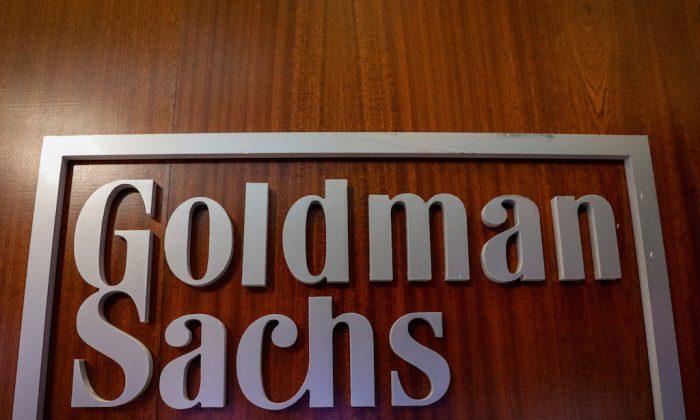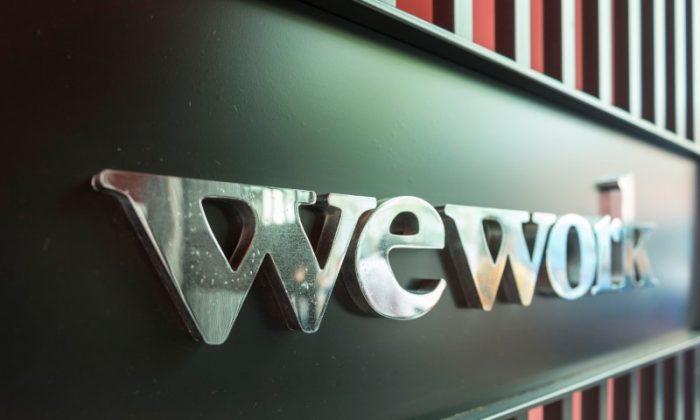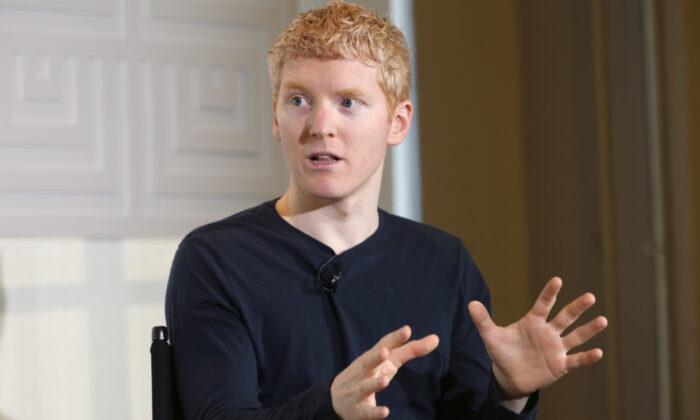Apple Inc. launched a credit card last month, hoping to upend a $175 billion industry much like it did the phone business. At a splashy event, the company made a simple sales pitch and showed off the titanium product in a slick video. Chief Executive Officer Tim Cook called it the “most significant change” to cards in 50 years.
Unveiling it was the easy part.
Apple, and partner Goldman Sachs Group Inc., are relative newbies to consumer credit. Apple has dabbled through its mobile payments service Apple Pay. Goldman offers Marcus personal loans. Now, both companies must learn quickly to master the messy process of payment disputes, customer service, and statements.
Disputes are particularly tricky. Sometimes cardholders don’t recognize a merchant that they actually paid. Other times, the physical card or card number is stolen, leading to fraudulent purchases. And consumers can dispute a charge because they’re unhappy with a product they bought.
Goldman will handle disputes. That’s common for co-branded credit cards. But it’s rare for Apple to let another company work with its users. The Cupertino, California-based tech giant prefers to manage the end-to-end experience of all its products, including customer interactions.
Apple also won’t see transactions from the new card, and Goldman won’t sell the data for advertising or other marketing. Both companies declined to comment.
Apple is tapping its iMessage texting service to help Goldman. That may handle simple issues like changing an address. There’s also a click-to-call feature in Apple’s Wallet app. That will put users through to an Apple support representative. But if there’s a dispute, the Apple rep will pass the caller to Goldman to resolve the issue.
“I’m sure there’s a small segment of the population that will be completely satisfied with that chat route for servicing,” said James Brown, chief executive officer of Smart Communications, which helps banks and insurers with customer service. However, if Apple “really wants to move into the mass market they’ll need to adopt forms of the other communication methods and statement methods that are more widely used.”
Goldman Sachs has limited experience running call centers, having focused on corporate customers, not consumers, for most of its existence. Still, its Marcus personal loan operation won an award for customer satisfaction recently.
Roughly 40 percent of U.S. consumers in a 2017 survey by American Express Co. said they are more likely to seek out a human representative on the phone rather than self-service support like online chat or a mobile app if they’re dealing with a more complex issue.
At JPMorgan Chase & Co., the cost of serving customers dropped 15 percent in the last four years as more than 80 percent of the bank’s transactions have migrated to self-service channels, such as the firm’s mobile apps or its website. While the number of call center calls is about the same, the cost of each call is down 7 percent, according to Gordon Smith, head of the lender’s consumer arm.
Apple will try to head off one common dispute problem before it reaches Goldman: When customers see a transaction on their statement they don’t understand because it’s listed under an unfamiliar merchant name.
“Many of you looking at your credit card statements today might recognize seeing transactions that look like this: cryptic merchant names that are pretty hard to decipher,” Jennifer Bailey, vice president of Apple Pay, said during the event last month. “With Apple Card, we use machine learning and Apple Maps to transform this mess into names and locations that you’ll recognize.”
Apple has had its own trouble with consumer credit-card disputes in the past. American Express, for example, noticed customers often challenged charges from iTunes, which covers purchases like apps and songs.
“We noticed that when customers shop on iTunes, they had an unusual number of disputes,” Mohammed Badi, chief strategy officer of AmEx, said at the company’s investor day in March. “On their statement, they’d see a charge next to iTunes that they didn’t recognize, forgetting it might be made up of multiple transactions: a movie, a game.”
Apple worked with AmEx to provide a direct link from digital statements to the iTunes receipt to show consumers what they bought. That produced a “significant reduction” in cardholder disputes, Badi said.
When it comes to redesigning the fusty card statement further, Apple and Goldman don’t have much wiggle room, though.
Banks are required to use a “readable font style and font size,” typically Arial size 10, according to Federal Reserve regulations. For interest rate disclosures, banks are required to use 16-point font. Regulations also require there to be “adequate spacing between paragraphs” and sufficient contrast between the colors of the text and the colors of the background.




